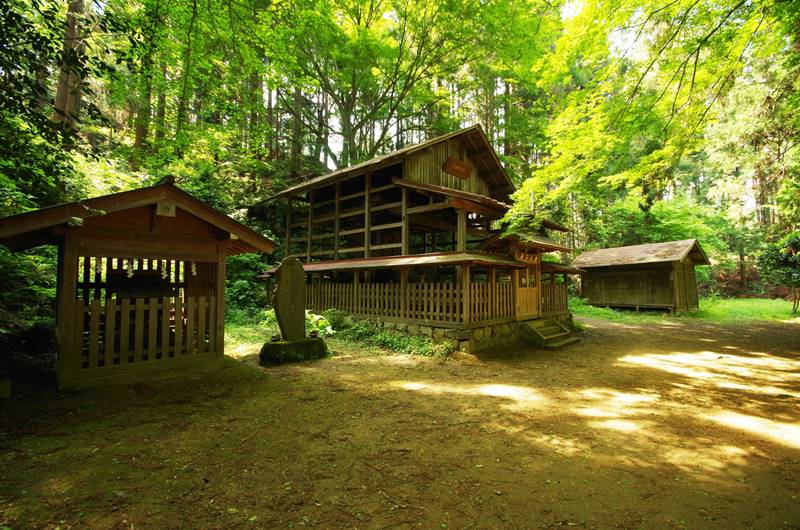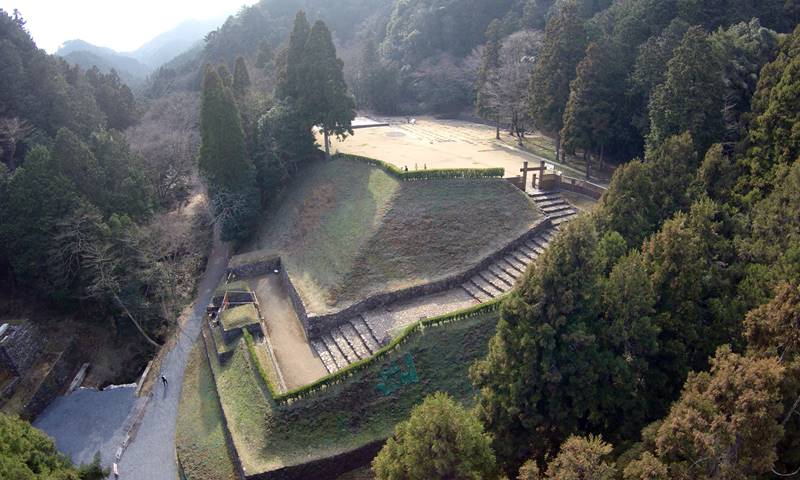This is all about Hachiouji Castle Ruins you want to know.
Every information you get on this site will be from a credible source based on Japanese history (books for reference).
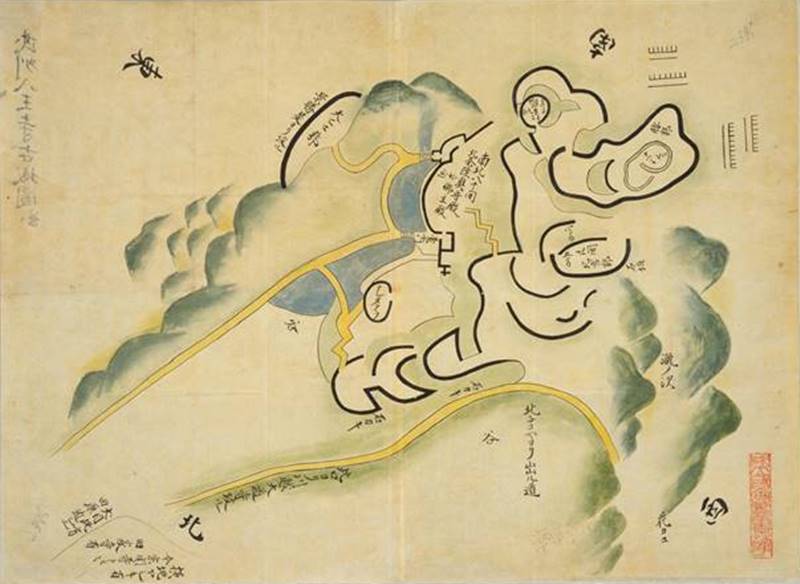
There are two typical castle pictures in the Edo period, the one is "Kojōezu" collected by the Inagaki family, the Toba Daimyō from the mid-Edo period to the Meiji Restoration, as materials for military studies. There are about 350 illustrations, but there is no uniformity because only illustrations of castles, illustrations including castle towns, and old battlefield illustrations are mixed.
The another is "The Shōhō Shiroezu", picture of the castle and castle town that the Edo Shogunate ordered the daimyō to create and submit,aggregating military information such as the buildings inside the castle, the height of the stone wall, the width of the moat and the water depth, etc., it also details the location and shape of the castle town and the mountain river.
Profile : Hachiouji Castle Ruins
| Location | Hachiouji City,Tokyo |
| Also known as | ー |
| Type of castle | Mountaintop |
| Mountain's name | Mt. Fukazawa |
| Elevation | 445m |
| Condition | Ruins |
| Designation | National Historic Sites |
| Year built | about 1587 |
| Abolished | 1590 |
| Castle lord | Hōjō Ujiteru |
| Refurbishment lord | ー |
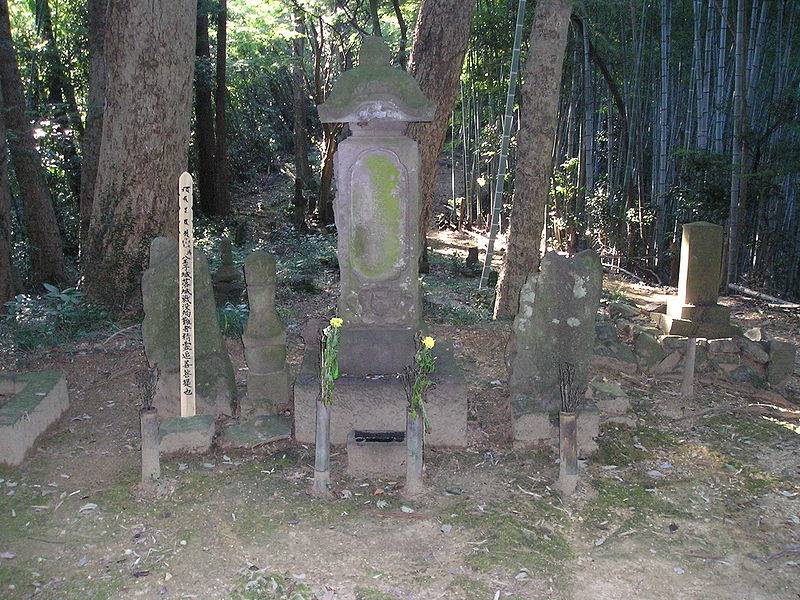
When Toyotomi Hideyoshi conquered Odawara with the "Odawara Attack" in 1590 , Ujiteru insisted on fighting to the end without surrendering. He left his residence of Hachiōji Castle, with a guardian and kept himself in Odawara Castle. However, Hachioji Castle was captured by Uesugi Kagekatsu and Maeda Toshiie. After the defeat, Ujiteru was regarded as a main war group, and was ordered to cut himself (suicide) with his brother.
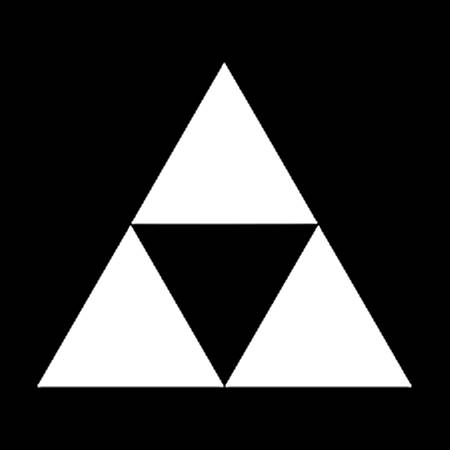
The family crest was originally created from the pattern that the emperor and the royal family put on the kimono, and the pattern was made into a fixed pattern, and the one attached to his own oxcart is said to be the beginning of the family crest. The warlords drew large crests on the flag-fingers, used to distinguish enemy views on the battlefield, and used by the generals to determine which warlords were active and how much.
Hachiouji Castle admission
admission fee : free
admission time : am9-pm5 ※Hachiouji castle mark guidance Facilities (History, Culture goods)
closing period : December 29 - January 3 (Besides it sometimes closes specially) reference official site
Hachiouji Castle Google Map
Hachiouji Castle Images
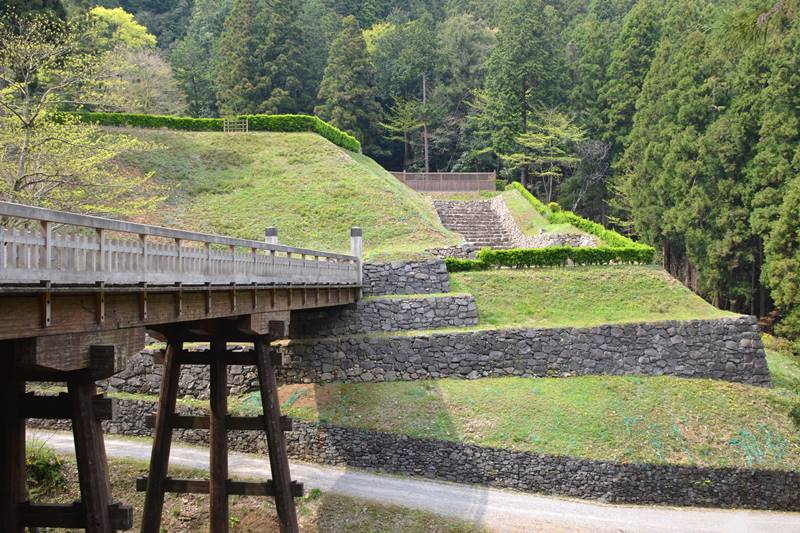
It is said to be a castle that shows the goal of castle construction technology, the largest one in Hōjō's supporting castle and divided into three main areas. The main area where the Honmaru is located, and the main shrine was built. There was also a castle town called "Negoya district".
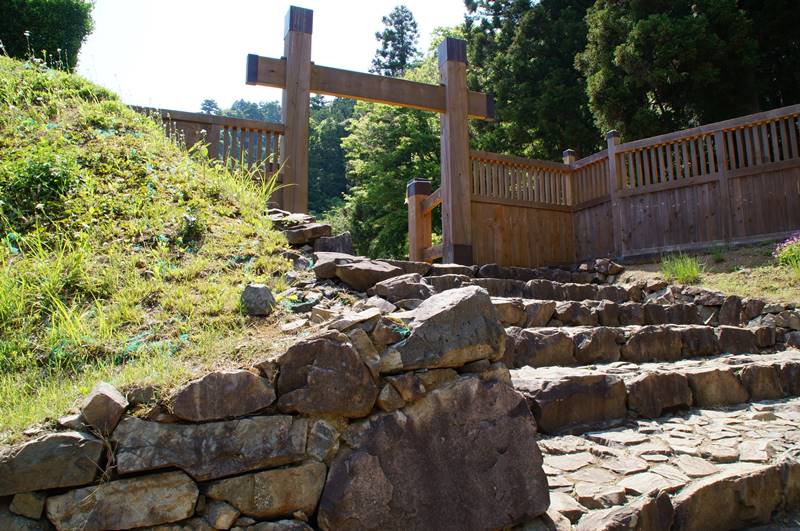
It is a good example to know Hojo's stone wall around the main shrine at the foot of the mountain.

Hojō Ujiyasu’s second son, Ujiteru, who was fighting with Takeda Clan, left Takiyama Castle at hilltop where he was based and built a mountaintop type castle suitable for protection on the summit of Mt. Fukazawa at the end of the Warlord Period. This is Hachiouji Castle.
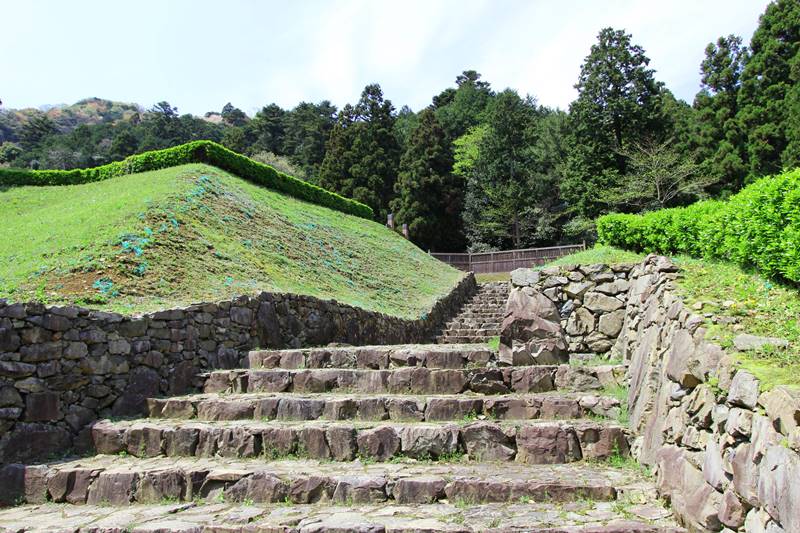
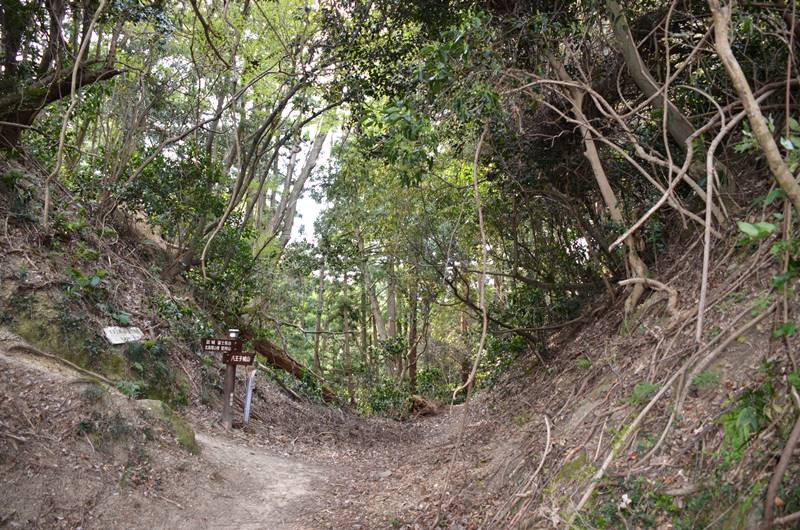
a wide and deep trench cut across a mountain ridge to impede attackers from easily climbing the ridge.
It is a territory conscious of the invasion of Hideyoshi's army between the Honmaru and the main buildings.
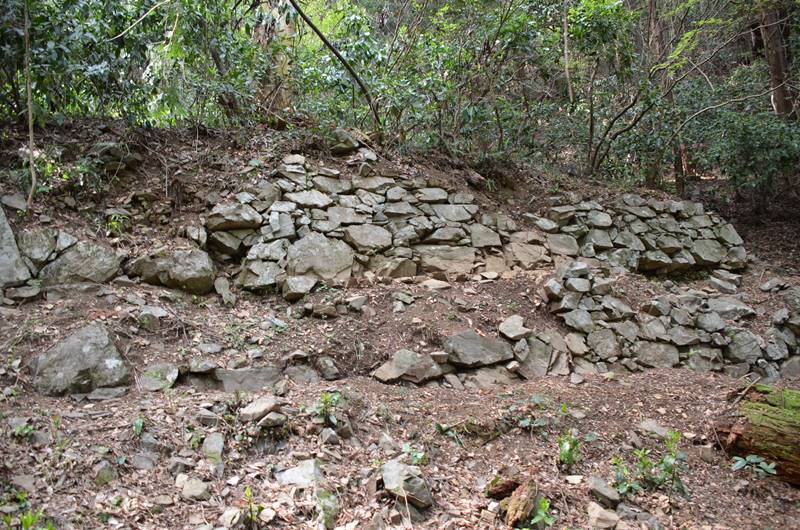
It is a bridge over the Shiroyama River to reach the main Shrine. The current one was built in 1951.
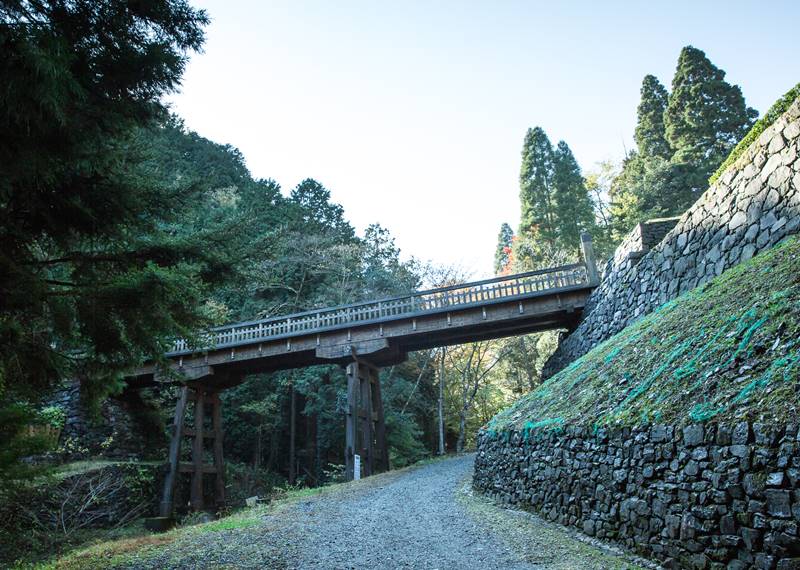
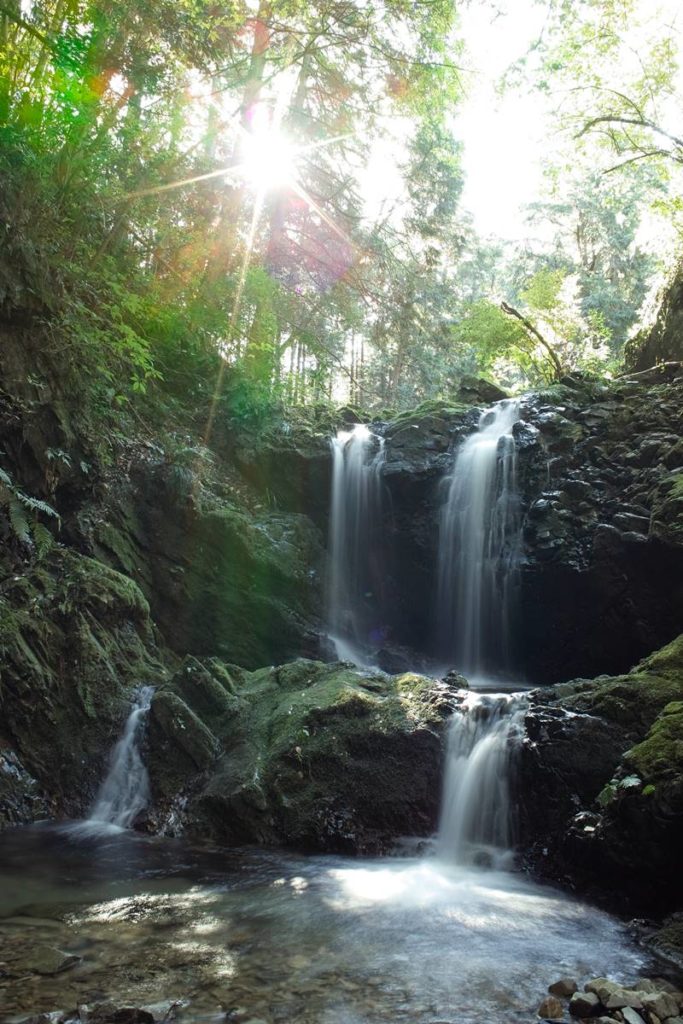
When the Hideyoshi's army attacked, the mainstay of the Hojō family gathered at another Odawara castle. So few soldiers, only women and children were left at Hachioji Castle. Unfortunately, they had lost their escape and threw themselves into the waterfall and committed suicide. The river into which the waterfall flows is said to have been stained with the blood of the victims for three days.
